[MACRO Sharp Comments] Global economic turmoil and challenges: Behind the ECB's interest rate cut and US-Japan trade negotiations
- 2025年4月18日
- Posted by: Macro Global Markets
- Category: News
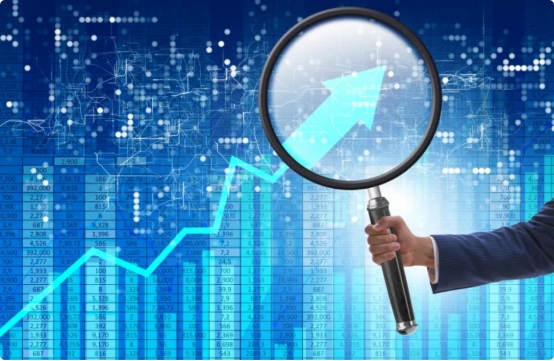
[MACRO Sharp Comments] Global economic turmoil and challenges: Behind the ECB's interest rate cut and US-Japan trade negotiations
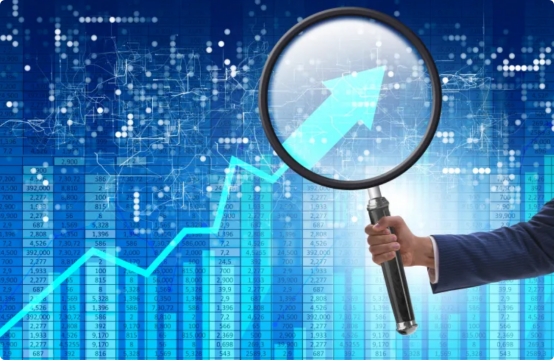
The ECB’s path to rate cuts
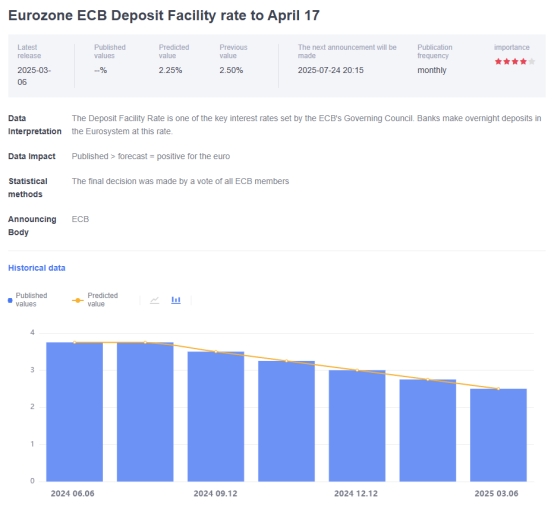
The relatively rapid series of rate cuts comes as euro zone inflation has been running below 3% and has recently been close to the ECB’s 2% target. Yet economic growth in the region has been sluggish. Carsten Brzeski, head of global macro at ING, said global tariffs had reignited concerns about euro zone growth, forcing the European Central Bank to cut interest rates.
At its March meeting, the ECB tweaked its language on monetary policy, saying it was "becoming significantly less restrictive". The shift was interpreted by some economists as a signal that policymakers were becoming more cautious about further cutting interest rates. However, the roller coaster ride of global trade and tariffs over the past few weeks has somewhat changed that perception.
Economists at Deutsche Bank Research believe that the future interest rate path is expected to be "open-ended," meaning that policymakers will not commit to a specific interest rate path in advance, but will make decisions in a data-dependent manner at each meeting. This open-ended wording allows the policy stance to remain restrictive, move toward neutral, or shift toward stimulative depending on the data.
The delicate situation of US-Japan trade negotiations
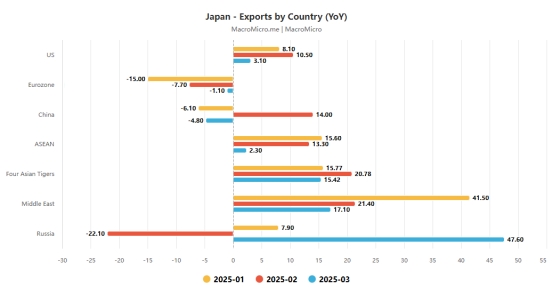
Japanese officials are seeking a deal to avoid higher tariffs that Trump has threatened to impose on U.S. trading partners. In Wednesday's talks, Trump's negotiator was Ryomasa Akasawa, an ally of Prime Minister Shigeru Ishiba and a relatively junior minister of economic revitalization.
Tokyo did not expect Trump to take part in what it viewed as a preliminary fact-finding visit and had been hoping to limit discussions to trade and investment matters, according to sources familiar with Tokyo’s plans. Speaking to reporters after the meeting, Akazawa gave few details of the discussion but said the two sides had agreed to hold a second meeting later this month and that Trump said reaching a deal with Japan was a "top priority."
Japan hopes to reach the best solution that is most beneficial to both countries as soon as possible and strongly calls for the cancellation of tariff measures against Japan. Akazawa revealed that there was no discussion on exchange rates and that discussions on automobile tariffs would continue. He believes the United States also hopes to reach an agreement within 90 days. He also stressed that the exchange rate situation is determined by fundamentals and that Japan did not manipulate the foreign exchange market to depreciate the yen.
U.S. Treasury Secretary Scott Bessant and Commerce Secretary Howard Lutnick, along with other officials, also attended the meeting. Bessant said more than 75 trading partners have requested negotiations with Washington since Trump announced sweeping tariffs on dozens of them earlier this month, so whoever negotiates first will have a "first-mover advantage." He said Japan, a military ally, would likely be given priority.
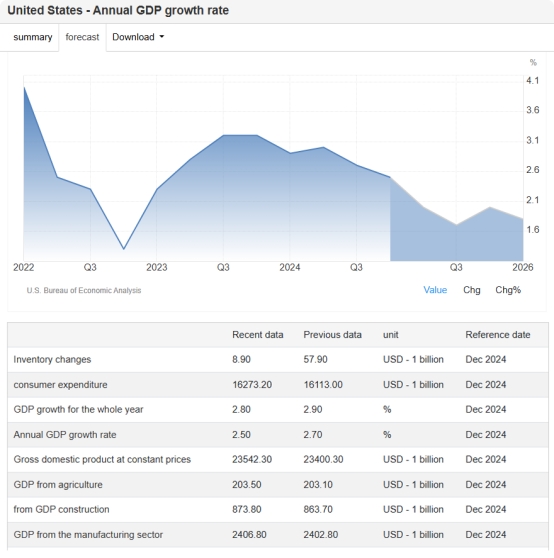
Currently, the global economy is facing complex challenges. The European Central Bank's interest rate cut decision and the US-Japan trade negotiations both reflect the difficult choices countries are facing in dealing with global tariff tensions and uncertainties. In the future, the direction of the global economy will depend on how policymakers in various countries find a balance during this turbulent period to achieve stable economic growth.
During this process, the market will continue to pay attention to the monetary policy adjustments of central banks of various countries and the progress of international trade negotiations to assess the risks and opportunities of the global economy. At the same time, governments need to strengthen cooperation and jointly address global trade and tariff issues to avoid further economic recession.
